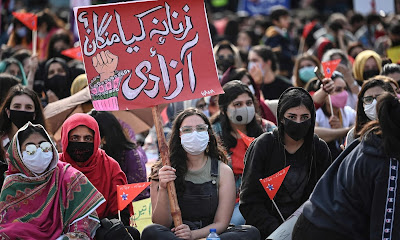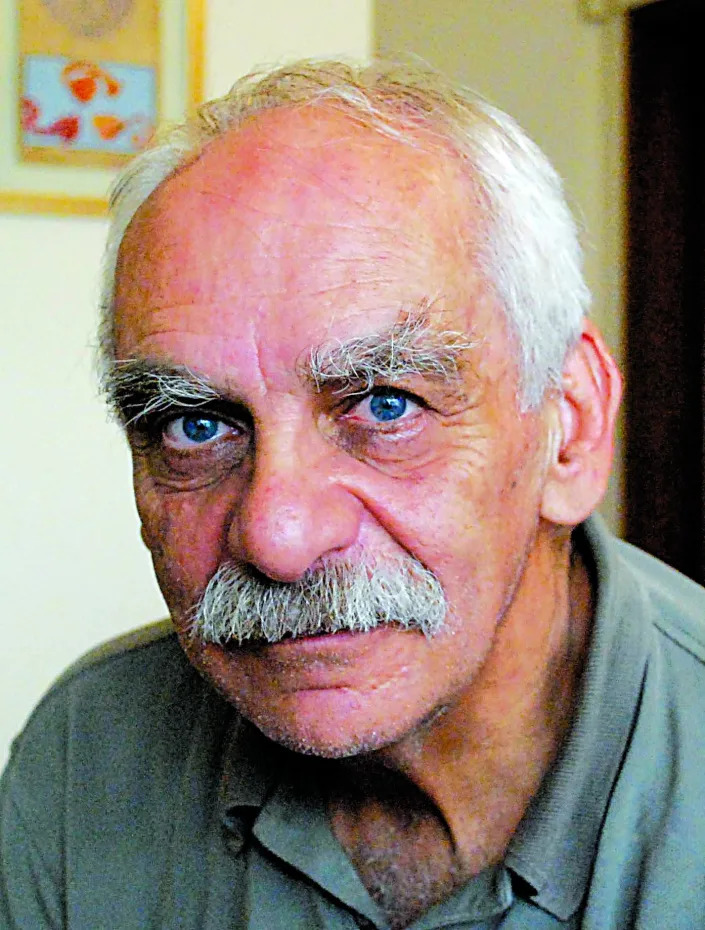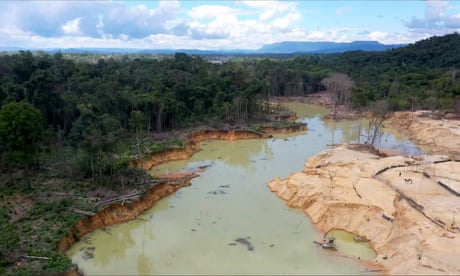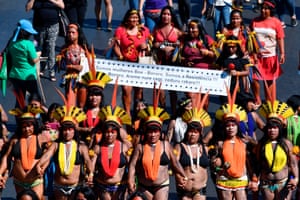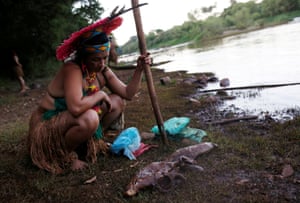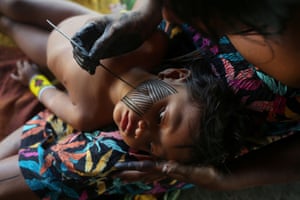Male violence against women is about so much more than toxic masculinity
Sonia Sodha
Sun, 6 March 2022

Photograph: Ian West/PA
The murder of Sarah Everard by a serving police officer a year ago prompted a wave of national shock. Her brutal abduction, rape and killing pierced the public consciousness to such a degree that feminist campaigners wondered if this tragedy might move us from seeing violence as something society has to live with to something that can be significantly reduced.
Today, those hopes look misplaced. A single statistic shows how little has changed: since Sarah’s murder, at least 125 women have been killed by men. Some, like Sabina Nessa, were murdered in a public place by a man they didn’t know; many more behind closed doors, often by their partners. The question, after having read report after report, is why, for all the never agains and pledges to do more, have we failed so badly to reduce violence?
Any analysis of violence has to begin with the stark difference between the sexes. The vast majority of violence is committed by men – more than four-fifths of violent crime and an even greater proportion of sex offences. While men are also more likely to be victims of violent crime, women are overwhelmingly more likely to be victims of severe domestic abuse. (One of the reasons single-sex spaces have become the norm in prisons, hospital wards and refuges: it is a simple rule of thumb to safeguard against male violence.)
Interestingly, the difference in physical aggression between the average man and the average women is moderate – to put it in context, about a quarter as significant as average sex differences in height. The big difference comes at the extremes of the distribution: there are many more very violent men than women.
What underpins this difference? In animals, scientists have found a clear link between testosterone levels and male aggression. But this is not replicated in humans, leading experts to believe that the complex interaction between genetic and environmental factors – the way children are socialised – plays a much greater role
A UK project has shed the feminist attachment to the idea that the key to reducing violence is teaching men to be better
And there are noticeable differences in the way boys and girls are socialised. Children’s worlds are infused with harmful gender stereotypes – the idea that girls are sweet and boys are tough – in everything from behaviour expectations to their toys and clothes. There are some school-based programmes that try to tackle damaging masculine stereotypes, which draw on evidence of the effectiveness of peer-based programmes to tackle bullying in encouraging friends to call each other out on unhealthy behaviour towards girls. It can only be a good thing to challenge the stereotypes that are corrosive to boys and girls.
Perpetrator programmes for violent men have also run with this idea of reprogramming masculinity. That makes sense when you consider that, a few decades ago, the only people interested in reducing domestic violence were grassroots feminists who understood male violence primarily as a symptom of patriarchy: the age-old structural power imbalance between men and women that socially constructed itself out of differences between the sexes. They developed the Duluth model, named after the Minnesota city where it was conceived in the 1980s, which included a curriculum that aimed to educate the patriarchy out of perpetrators.
It is used widely today in the US, the UK and Australia, but evidence of its effectiveness is equivocal at best. That is not altogether surprising: the idea that attending a weekly support group will transform lifelong patterns of violent behaviour for most men seems far-fetched.
The difference between the sexes is a vital starting point for understanding violence, but cannot be the endpoint. Just as important are differences between men: why are some more violent than others? Some will have the kinds of personality disorders that mean they are incapable of feeling empathy. But longitudinal research finds that adverse childhood experiences – such as parental or domestic abuse, having a father in prison or growing up around alcohol or substance abuse – are associated with poorer outcomes in adulthood for boys and girls and one of those outcomes for some boys is a greater propensity to violence.
Yet the services that exist to support children with trauma have been cut to the bone over the past decade. It is not to excuse adult violence to say that some perpetrators have been resoundingly failed as children.
This difference between men has also been elided when it comes to perpetrator programmes. One of the most effective is a UK project called Drive, developed by two domestic abuse charities. It has shed once and for all the feminist attachment to the idea that the key to reducing serious violence is teaching men to be better. It works with the highest-risk domestic abusers. They are all assigned a case manager, who can help them access the support they need, such as housing or mental health services.
But it also functions as a surveillance system for dangerous men: they are monitored on an ongoing basis and case managers bring in other agencies such as the police and social services to disrupt their violent behaviour. The results are stunning: an 82% and 88% sustained drop in physical and sexual abuse respectively. But just 1% of serious domestic abuse perpetrators get funnelled into targeted interventions. If we were serious about reducing violence, we would be channelling money into a national rollout of this programme in the same way we spend vast sums on counter-terrorism.
Long-standing research shows that alcohol restrictions produce beneficial health outcomes and reduce violence
This idea that we need to disrupt rather than try to fix dangerous men has other implications. There is longstanding research that shows that alcohol restrictions – policies such as minimum pricing, limits on sales of strong alcohol in violence hotspots and timing restrictions – produce not only a range of beneficial health outcomes, but reduce violence. Of course they are a superficial lever and there is much they don’t address, but they reduce harm. Which raises the question: why don’t we use them more?
I ended up in a different place than I imagined I would when I embarked on a new documentary for Radio 4. Of course, you cannot understand violence without understanding differences between the sexes, but male violence is about much more than toxic masculinity. And we need to put the same effort into disrupting violent men from killing their partners as we do in stopping them from committing dreadful acts of terrorism.
• Sonia Sodha is an Observer columnist








